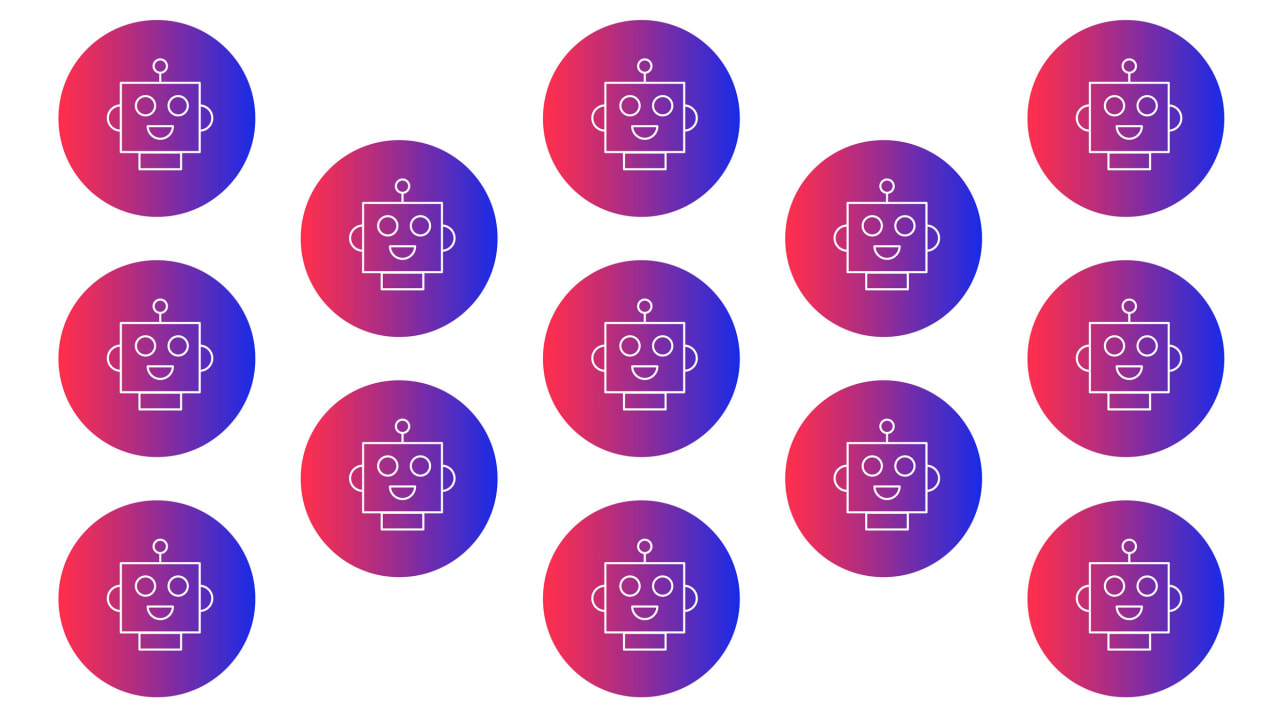These companies are automating dirty and dangerous work
There’s a long history of robots taking jobs that are difficult enough for humans to resent, resist, or outright fear. But a new crop of bots is tackling tasks that even machines might calculate to be out of their theoretical comfort zones. Gecko Robotics has been deploying its devices to inspect intercontinental ballistic missile silos, fuel storage tanks, and the structural components of warships. Nearthlab provides a software platform that enables drones to perform up-close checkups on wind turbines and other critical infrastructures. Stratom is developing robots to service and refuel aircraft on flight lines that may be near the frontlines in war zones. And Doodle Labs’s radio gear helps drones flown by Ukraine’s armed forces stay in touch with human operators and has kept firefighters in contact with each other in rural California during wildfire season—making it one of the only firms in this category that could reasonably fret over seeing its hardware take a bullet or end up as ashes. While much of the attention in robotics has been focused on humanoid robots that can interact with human workers, the bots that are heading toward danger look very different. Hardware with non-humanoid body parts may not catch as many glances from passersby, but those devices can go to work where people won’t fit or wouldn’t want to try, even after donning protective gear. In other words, the near-term future of robotics is less C-3PO from Star Wars and more WALL-E, the trash-collecting bot from Pixar’s sci-fi animated movie. “If you look at the history of robots, they traditionally started out as the fixed robots you see on the assembly line,” says Tim Shea, senior analyst at ARC Advisory Group. “The incorporation of mobility has opened up the application envelope.” The addition of wheels, tank treads, and (yes) even legs in recent years has unbolted robots from their stands and taken them outside of factories. Bots that use wings and rotors to move, Shea points out, also require special permission slips from the Federal Aviation Administration, which has eluded many drone vendors until the past few years. But demand for commercial hardware and services from hazardous-duty robotics is starting to take off, following years of pathfinding work that included developing software and gathering the necessary data to make them usable in tight spots. “There’s been a real ramp-up, probably in the past couple of years,” Shea says. The ultimate payoff in waiting for robotics companies, like other firms that need to ingest and process large amounts of customer information before they can do their jobs, is taking all those data inputs and making effective and responsible use of the insights to be had from them. As Shea puts it: “The robot has really become a mobile data platform.” Explore the full 2024 list of Fast Company’s Most Innovative Companies, 606 organizations that are reshaping industries and culture. We’ve selected the firms making the biggest impact across 58 categories, including advertising, artificial intelligence, design, sustainability, and more.

There’s a long history of robots taking jobs that are difficult enough for humans to resent, resist, or outright fear. But a new crop of bots is tackling tasks that even machines might calculate to be out of their theoretical comfort zones.
Gecko Robotics has been deploying its devices to inspect intercontinental ballistic missile silos, fuel storage tanks, and the structural components of warships. Nearthlab provides a software platform that enables drones to perform up-close checkups on wind turbines and other critical infrastructures. Stratom is developing robots to service and refuel aircraft on flight lines that may be near the frontlines in war zones. And Doodle Labs’s radio gear helps drones flown by Ukraine’s armed forces stay in touch with human operators and has kept firefighters in contact with each other in rural California during wildfire season—making it one of the only firms in this category that could reasonably fret over seeing its hardware take a bullet or end up as ashes.
While much of the attention in robotics has been focused on humanoid robots that can interact with human workers, the bots that are heading toward danger look very different. Hardware with non-humanoid body parts may not catch as many glances from passersby, but those devices can go to work where people won’t fit or wouldn’t want to try, even after donning protective gear. In other words, the near-term future of robotics is less C-3PO from Star Wars and more WALL-E, the trash-collecting bot from Pixar’s sci-fi animated movie.
“If you look at the history of robots, they traditionally started out as the fixed robots you see on the assembly line,” says Tim Shea, senior analyst at ARC Advisory Group. “The incorporation of mobility has opened up the application envelope.” The addition of wheels, tank treads, and (yes) even legs in recent years has unbolted robots from their stands and taken them outside of factories. Bots that use wings and rotors to move, Shea points out, also require special permission slips from the Federal Aviation Administration, which has eluded many drone vendors until the past few years. But demand for commercial hardware and services from hazardous-duty robotics is starting to take off, following years of pathfinding work that included developing software and gathering the necessary data to make them usable in tight spots. “There’s been a real ramp-up, probably in the past couple of years,” Shea says.
The ultimate payoff in waiting for robotics companies, like other firms that need to ingest and process large amounts of customer information before they can do their jobs, is taking all those data inputs and making effective and responsible use of the insights to be had from them. As Shea puts it: “The robot has really become a mobile data platform.”
Explore the full 2024 list of Fast Company’s Most Innovative Companies, 606 organizations that are reshaping industries and culture. We’ve selected the firms making the biggest impact across 58 categories, including advertising, artificial intelligence, design, sustainability, and more.






















